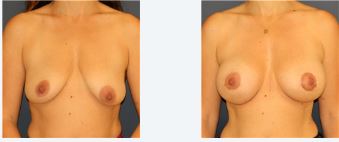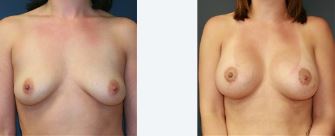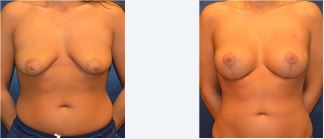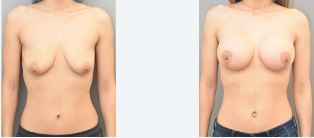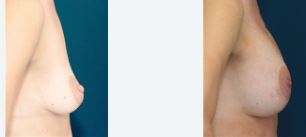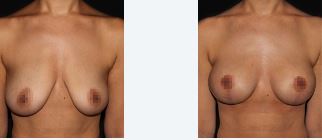(FAQs) about Breast Lift / Breast Augmentation
Breast sagging or drooping, also known as ptosis, can result from factors such as aging, pregnancy, breastfeeding, weight fluctuations, genetics, and loss of skin elasticity. It may be characterized by downward-pointing nipples, stretched breast skin, and loss of breast volume.
During a breast lift procedure, the surgeon makes incisions on the breasts to remove excess skin, reposition the nipple-areola complex higher on the breast mound, and reshape the breast tissue. The incisions are then closed with sutures, resulting in lifted and rejuvenated breasts.
Recovery from a breast lift varies depending on factors such as the extent of surgery, individual healing abilities, and adherence to post-operative instructions. Patients can expect some discomfort, swelling, and bruising following surgery and may need to take time off from work and avoid strenuous activities for several weeks.
There are two main types of implants used for breast augmentation: saline implants and silicone implants. Saline implants are filled with sterile saline solution, while silicone implants are filled with silicone gel. Both types of implants come in various shapes, sizes, and profiles to accommodate different aesthetic goals.
During a breast augmentation procedure, the surgeon makes incisions on the breasts to create pockets for the implants. The implants are then carefully placed either behind the breast tissue (subglandular placement) or behind the chest muscle (submuscular placement). The incisions are closed with sutures, resulting in fuller and more shapely breasts.
Recovery from breast augmentation varies depending on factors such as the type of implants used, the extent of surgery, individual healing abilities, and adherence to post-operative instructions. Patients can expect some discomfort, swelling, and bruising following surgery and may need to take time off from work and avoid strenuous activities for several weeks.

